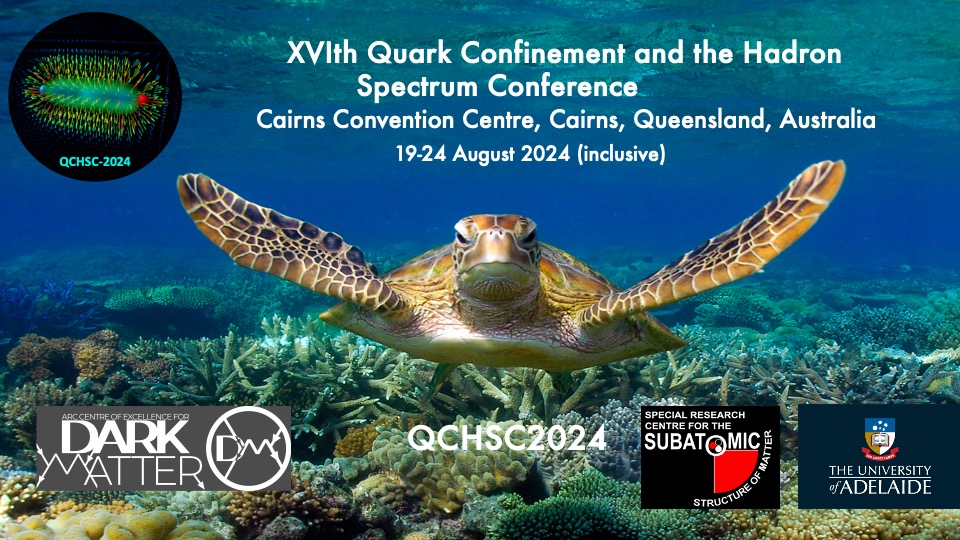Speaker
Description
Heavy-ion collisions are a gateway to understanding quantum chromodynamics under extreme conditions. At such high energies, heavy quarks become important, and via the use of effective field theories, their behaviour can be related to a correlator of chromoelectric fields. Studying it in the high-temperature background relevant for heavy-ion collisions lets one, for example, extract the transport properties of matter. In particular, chromoelectric field correlators in the adjoint representation relate to the physics of quarkonium, bound states of heavy quark-antiquark pairs.
I will present a perturbative evaluation of the adjoint chromoelectric correlator at finite temperatures in Euclidean space. With modern thermal IBP methods for handling the relevant loop integrals, the computation can be easily automated and the integrals reduced to a far simpler form than those encountered in the past. Applying this explicitly to correlators at NLO, I will also discuss potential extensions to higher orders in perturbation theory, as well as the steps necessary for obtaining the transport coefficients with this method. The Euclidean computation is particularly useful for comparisons with lattice simulations, and a detailed breakdown of the loop integrals and their structure provides an analytic understanding of some features of the lattice results.

